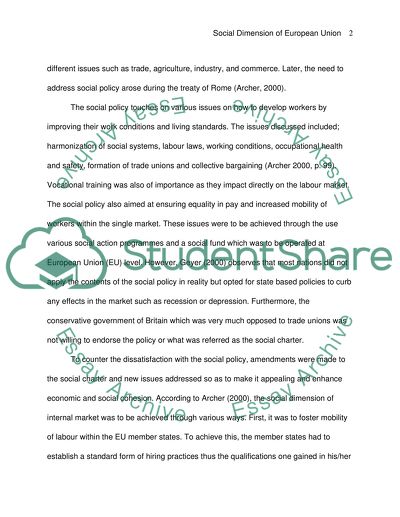Cite this document
(“The Social Dimension of the European Union is Weak in Comparison to Essay”, n.d.)
The Social Dimension of the European Union is Weak in Comparison to Essay. Retrieved from https://studentshare.org/social-science/1438056-the-social-dimension-of-the-european-union-is-weak
The Social Dimension of the European Union is Weak in Comparison to Essay. Retrieved from https://studentshare.org/social-science/1438056-the-social-dimension-of-the-european-union-is-weak
(The Social Dimension of the European Union Is Weak in Comparison to Essay)
The Social Dimension of the European Union Is Weak in Comparison to Essay. https://studentshare.org/social-science/1438056-the-social-dimension-of-the-european-union-is-weak.
The Social Dimension of the European Union Is Weak in Comparison to Essay. https://studentshare.org/social-science/1438056-the-social-dimension-of-the-european-union-is-weak.
“The Social Dimension of the European Union Is Weak in Comparison to Essay”, n.d. https://studentshare.org/social-science/1438056-the-social-dimension-of-the-european-union-is-weak.


